Climate Action – Global Awareness & Understanding Definitions & Resources
Possible Subjects: Geography, English, PDHPE
Years: 3-6
Lesson: 1 of 3
Context and Definitions:
- Climate change is affecting our planet, and its consequences are already seen and felt on a global scale.
- SDG 13: Take urgent action to combat climate change and its impacts
- The Sustainable Development Goals (SDGs), also known as the Global Goals, were adopted by the United Nations in 2015 as a universal call to action to end poverty, protect the planet, and ensure that by 2030 all people enjoy peace and prosperity.
The 17 SDGs are integrated—they recognize that action in one area will affect outcomes in others, and that development must balance social, economic and environmental sustainability.
- Countries have committed to prioritize progress for those who’re furthest behind. The SDGs are designed to end poverty, hunger, AIDS, and discrimination against women and girls.
The creativity, knowhow, technology and financial resources from all of society is necessary to achieve the SDGs in every context.
- Greenhouse Gases: These are gases that trap heat inside the Earth’s atmosphere. While they allow light from the sun to pass through, they stop the heat that sunlight brings from escaping the atmosphere. The main greenhouse gases are carbon dioxide and water vapour.
Lesson Resources:
Handout
Video
Worlds Largest Lesson Part 1
Experiment Instructions
Task #1
Templates
Extension Task
Video
Experiment Explanations
Experiment 1
The container that is covered is imitating the greenhouse effect. In both containers, the air is being heated up by the light source. However, the warm air in the covered container has nowhere to escape to, so it continues to heat up.
Experiment 2
Again, the container that is covered is imitating the greenhouse effect. In both containers, the water is being heated up by the light source. However, the warm air in the covered container has nowhere to escape to, so it continues to heat up.
Experiment 3
Explain the reason for the control jars: You want your students to see that it isn’t the ingredients (vinegar, baking soda, etc) but the trapped carbon gas causing the results.
There is an acid based chemical reaction happening between the baking soda and vinegar. When they are mixed together, they react by bubbling. This is an endothermic reaction, meaning the mixture cools down as it reacts.
The chemical formula for this is:
C2H4O2 + NaHCO3 -> NaC2H3O2 + H2O + CO2(g)
vinegar + sodium bicarbonate -> sodium acetate + water + carbon dioxide(g)
In this experiment, students are stopping the carbon dioxide gas from escaping the container. When the container is exposed to the light source, it heats up and the CO2 traps more heat then the other containers.

